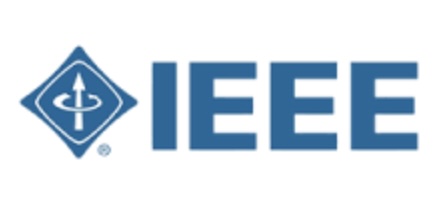
As the world races towards advanced communication technologies, telecom engineers and researchers face significant challenges in testing their 5G and 6G prototypes. A major hurdle is finding an accessible and versatile testbed that mirrors real-world conditions without hefty costs or restrictive usage terms. The new IEEE 5G/6G Innovation Testbed aims to address these challenges, providing a unique platform that eliminates many barriers for those developing next-generation technologies.
Overcoming Traditional Barriers
Experimentation platforms that replicate real-world conditions have traditionally been expensive, time-limited, or exclusive to certain companies and technologies. The IEEE 5G/6G Innovation Testbed, built by IEEE, breaks these barriers by offering a flexible, subscription-based model. Users can test and retest their enhancements, future 6G functions, and updates for converged networks as many times as needed at no additional cost.
This new testbed is open to telecom operators, application developers, researchers, educators, and vendors from various industries, enabling broad access to cutting-edge testing environments. Anwer Al-Dulaimi, co-chair of the IEEE 5G/6G Innovation Testbed working group, emphasizes the collaborative potential of this platform. “The IEEE 5G/6G Innovation Testbed creates an environment where industry can break new ground and work together to develop the next generation of technology innovations,” he says.
A Versatile and Secure Platform
Launched this year with support from major industry players like AT&T, Exfo, Eurecom, Veltris, VMWare, and Tech Mahindra, the IEEE 5G/6G Innovation Testbed offers a cloud-based digital hub. This eliminates the need for physical travel and hardware connections, making it accessible to companies, research facilities, and organizations worldwide. Customers receive their own private, secure session in the cloud and can add new users as needed.
The platform supports a variety of architectures, including multi-access edge computing for reduced latency, physical layer testing via 5G access points and phones, and Open RAN environments. This flexibility allows for diverse experiments, such as voice and video call emulation, authentication and encryption impact evaluation, network slicing, denial-of-service attacks, interoperability and overload incidents, and more.
Enhancing Research and Development
IEEE Fellow Ashutosh Dutta, co-chair of the working group, highlights the platform’s ability to cater to various vertical industries, including defense, homeland security, agriculture, and automotive. These industries can experiment with advanced 5G technologies like ultra-low latency, machine-to-machine communications, and massive broadband to address their unique challenges.
In addition to basic “sanity testing,” the platform includes tools to measure a product’s real-time performance, helping users quickly determine if their prototypes work across various standards and scenarios. The upcoming graphical user interface and test orchestration tool with hundreds of plug-and-play test cases will further streamline this process.
Bridging the Gap Between Theory and Practice
The IEEE 5G/6G Innovation Testbed is not just a boost for the industry but also for academia. Students and researchers can gain hands-on experience, bridging the gap between theoretical knowledge and practical application. The platform’s proofs of concept and lessons learned from experiments will help advance existing standards and expedite the deployment of 5G and 6G technologies.
The testbed’s involvement in the Acceleration of Compatibility and Commercialization for Open RAN Deployments (ACCORD) project underscores its significance. This public-private consortium, funded by the U.S. Department of Commerce’s National Telecommunications and Information Administration, includes major telecom companies and universities working together to expand broadband Internet access and adoption throughout the country.
The IEEE 5G/6G Innovation Testbed is set to be a cornerstone for the future of telecommunications, providing a collaborative, secure, and versatile platform for groundbreaking research and development.

